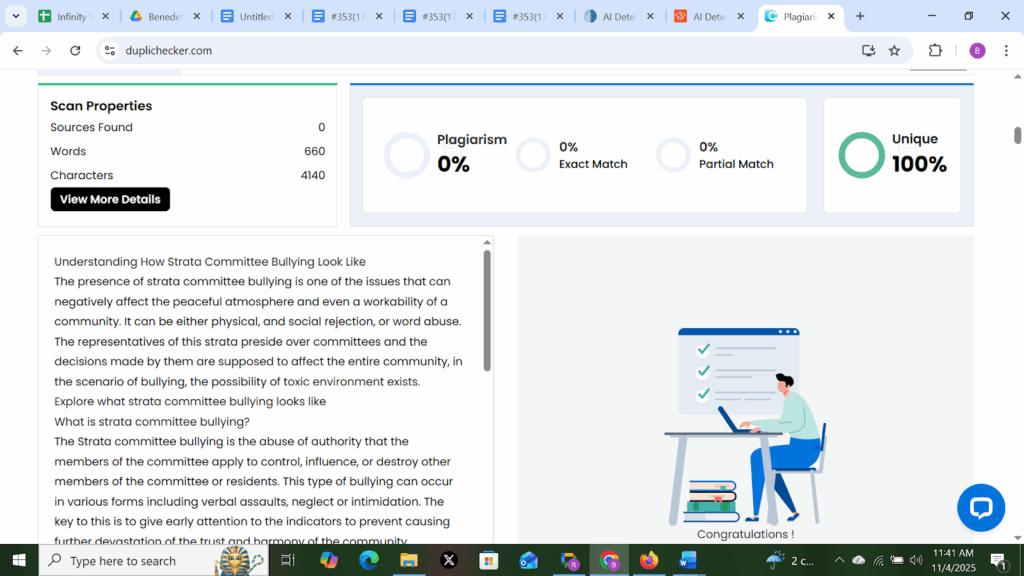The presence of strata committee bullying is one of the issues that can negatively affect the peaceful atmosphere and even the workability of a community. It can be either physical, and social rejection, or word abuse. The representatives of this strata preside over committees and the decisions made by them are supposed to affect the entire community, in the scenario of bullying, the possibility of a toxic environment exists.
Explore what strata committee bullying looks like
What is strata committee bullying?
The Strata committee bullying is the abuse of authority that the members of the committee apply to control, influence, or destroy other members of the committee or residents. This type of bullying can occur in various forms including verbal assaults, neglect or intimidation. The key to this is to give early attention to the indicators to prevent causing further devastation of the trust and harmony of the community.
Signs of strata committee bullying
Being aware of how the strata committee bullying looks might make you notice when you possess the behavior. Bullying could be done in different ways and determining the indicators is the first step that will deal with it. Some of the indicators include the following:
- Exclusion from meetings: There are those who may deliberately make others be excluded in the crucial meetings or discussions of the strata.
- Intimidation tactics: It involves threatening others, uttering hostile words with an aim of coercing them into agreeing with certain decisions made.
- Undermining others: This is always underestimating or making unworthy the contributions of the other committee members.
- Coercion: This involves making decisions or taking of actions by manipulation, without a candid discussion and agreement.
- Verbal abuse: Name calling, insults, or derogatory remarks, which happen to bring about an ungood environment.
How to handle strata committee bullying
In case the bullying is done in a strata committee, then there are various things that you can do to solve the problem. To enable you to handle such cases, the following is an effective hint:
- Document the incidents: Record all facts that were done concerning bullying, date, time and people involved.
- Address the issue directly: In case you feel safe enough, speak with the person who bullies. Calmly point out the consequences of their actions towards you and other individuals in the committee.
- Involve the strata manager: Direct communicating should be used to solve the problem but any failure in this regard, then contact the strata manager or the building manager. They can assume the role of a negotiator of the situation.
- Refer to strata bylaws: See the strata bylaws to know how the members of the committee are expected to avail themselves and what they are thought to be unbecoming.
- Seek mediation: The mediation services can also help to resolve the disagreements between the committee members at the professional level and ensure the problem does not escalate.
Preventing strata committee bullying
Even though it is important to discuss bullying, it is even greater to avoid it even before its beginning. One of the ways through which you can make sure that there is no bullying in your strata community is to put high standards and rules to be observed. The following steps can be taken into account:
- Encourage open communication: This should be the environment in which the members are not afraid to tell their points of view without fear of punishment or being mocked.
- Provide conflict resolution training: Learn how to resolve the disagreements and conflicts amicably concerned with respect and cooperation.
- Establish a formal grievance procedure: Have a clear and confidential system where any committee member can report on any bullying or harassment cases.
Finally
The harmonious and peaceful atmosphere that the strata demand can be neutralized by the bullying of the stratum committees. When the need arises, then have no second scruples to seek professional assistance in mediating the crisis introduced to a normalcy between the members of the committee.




